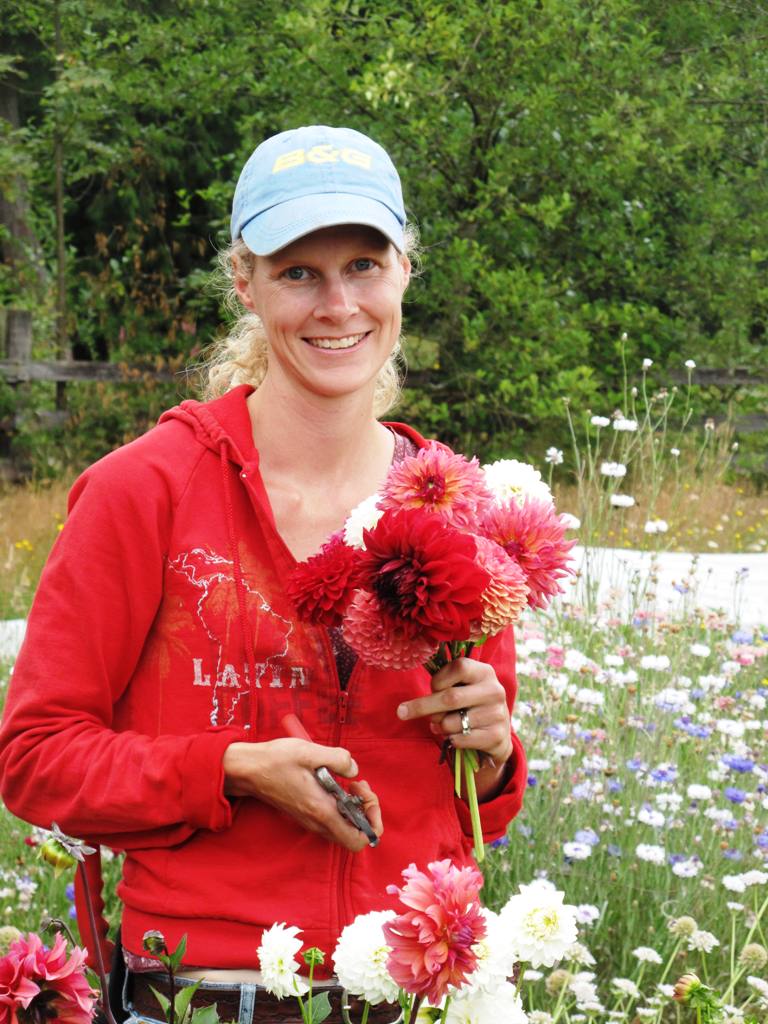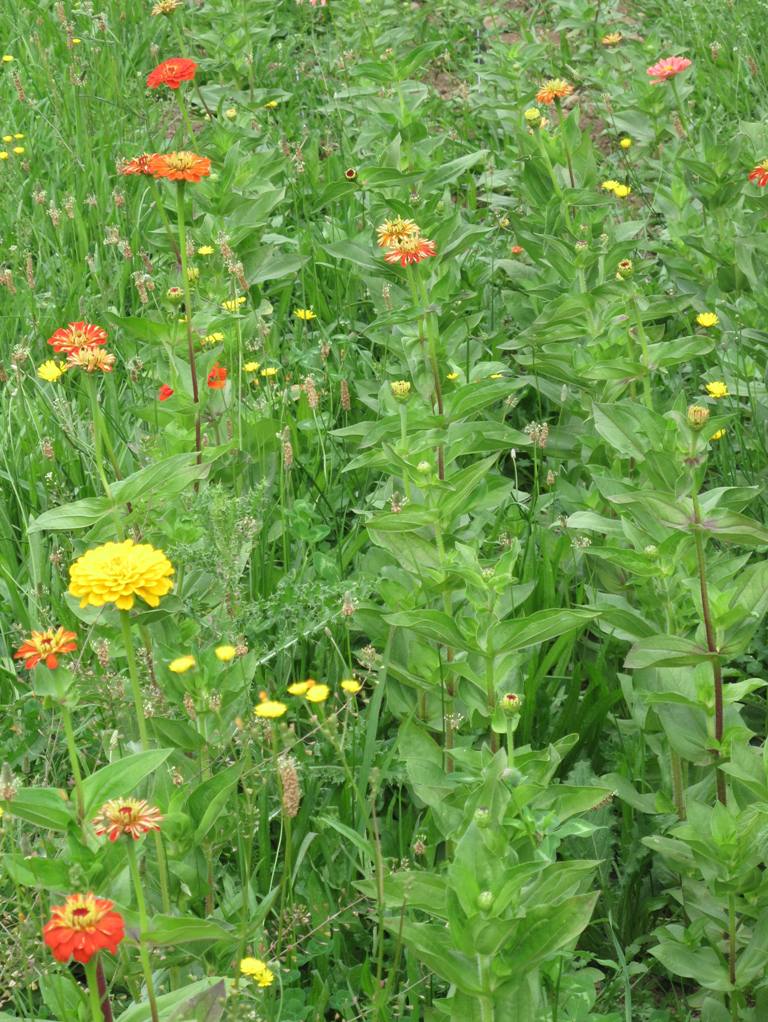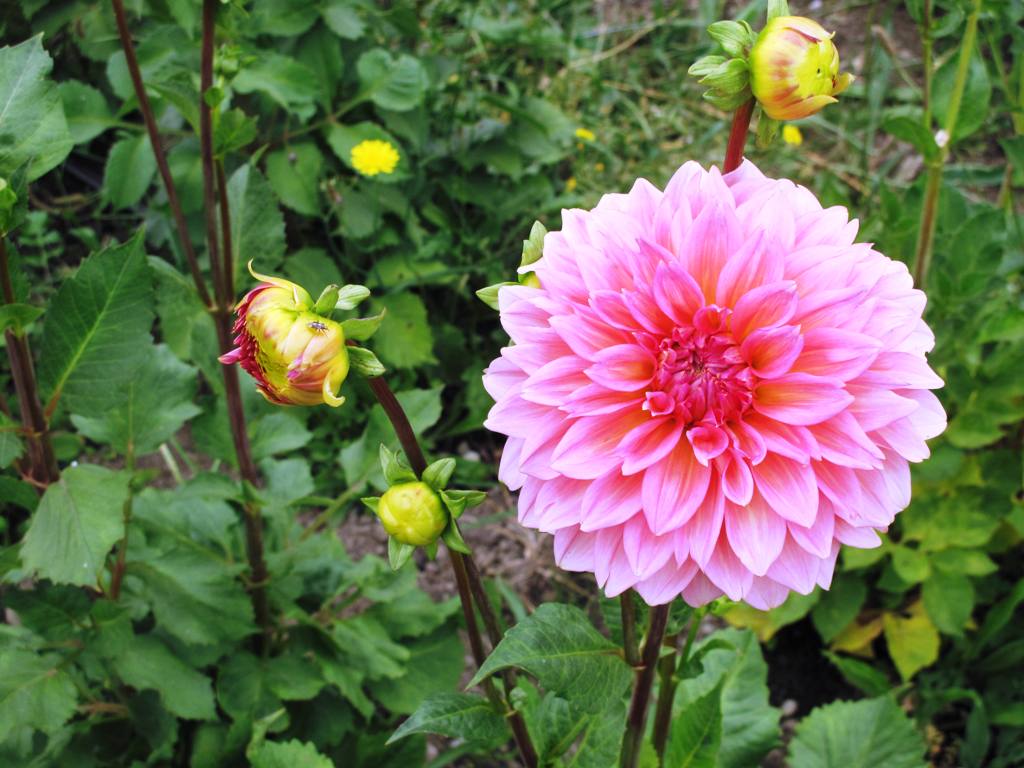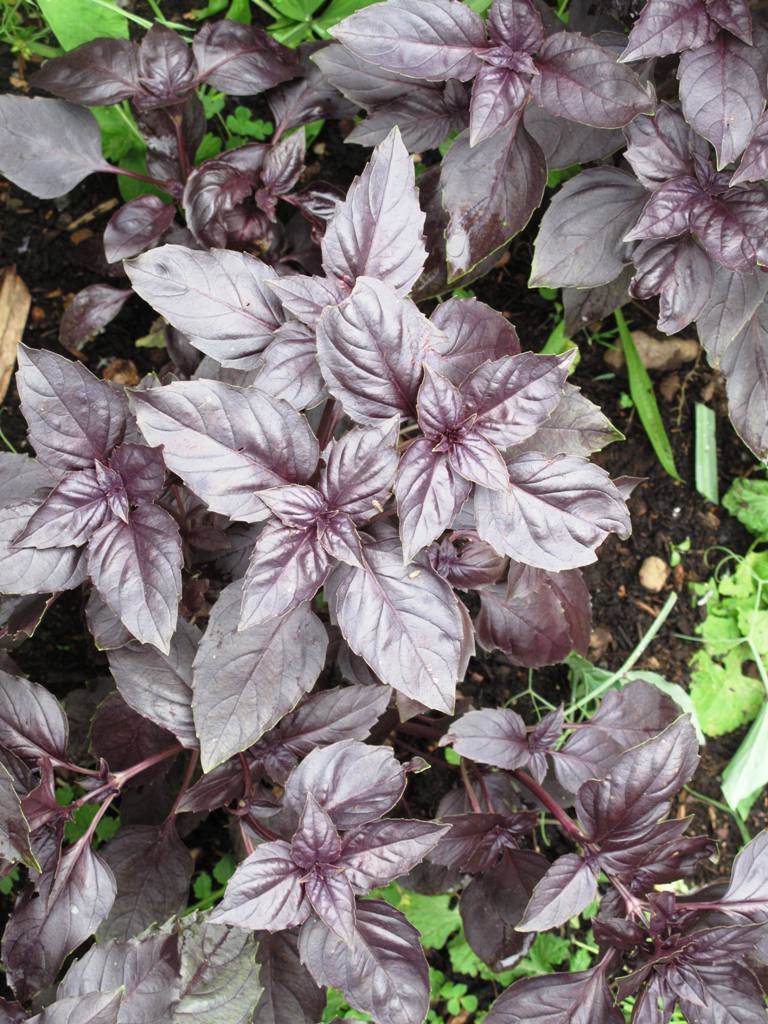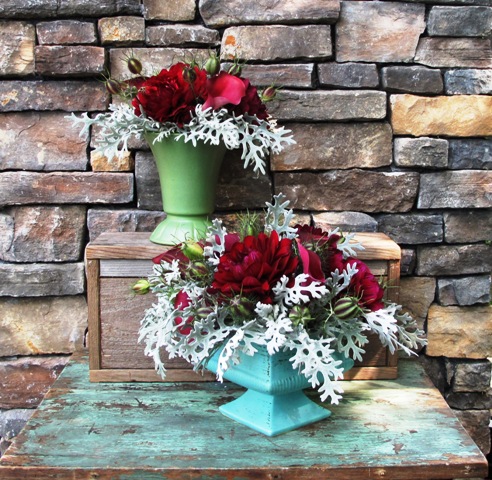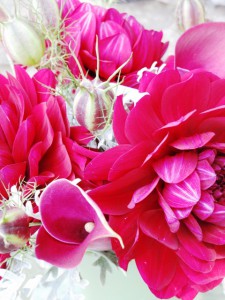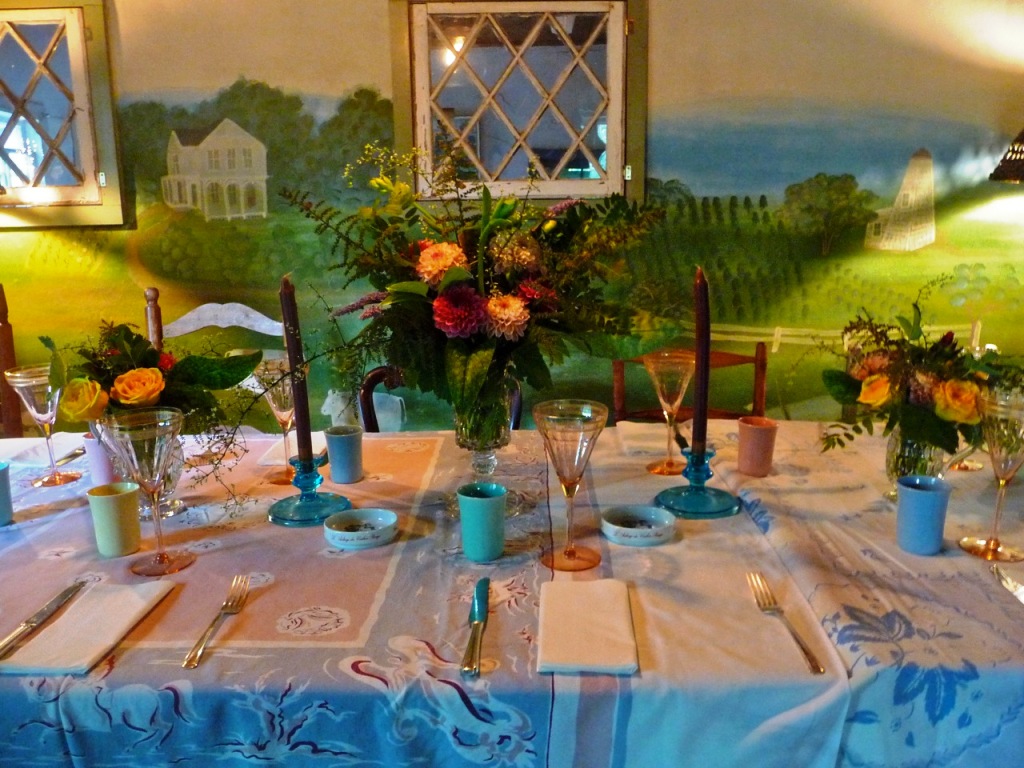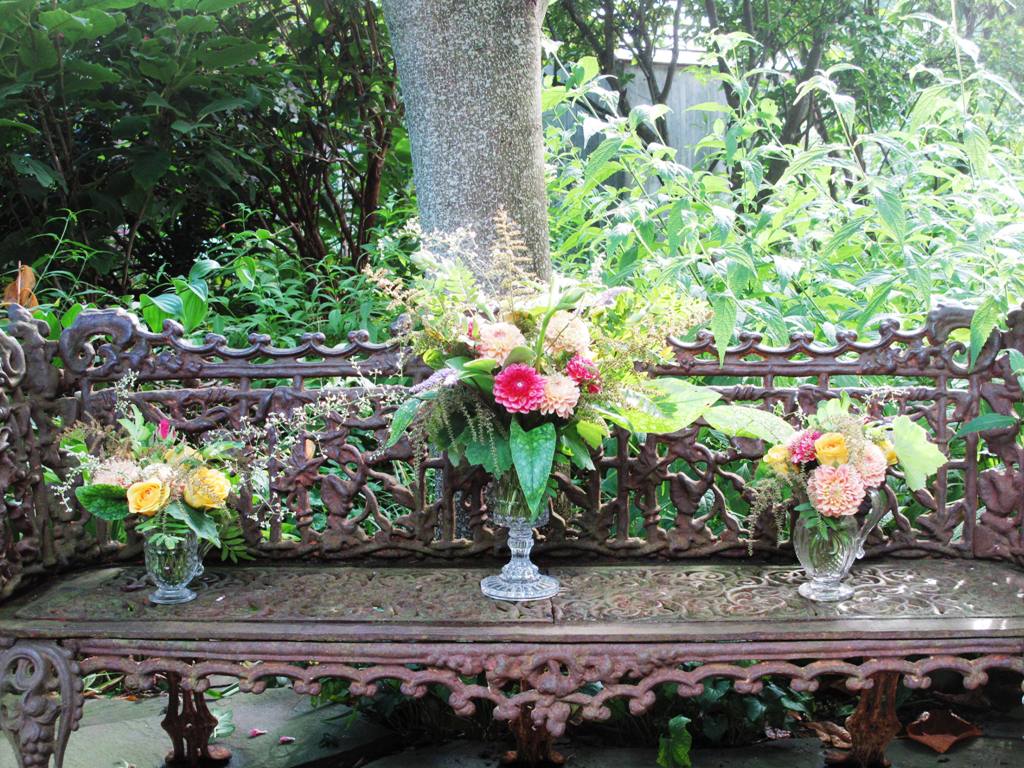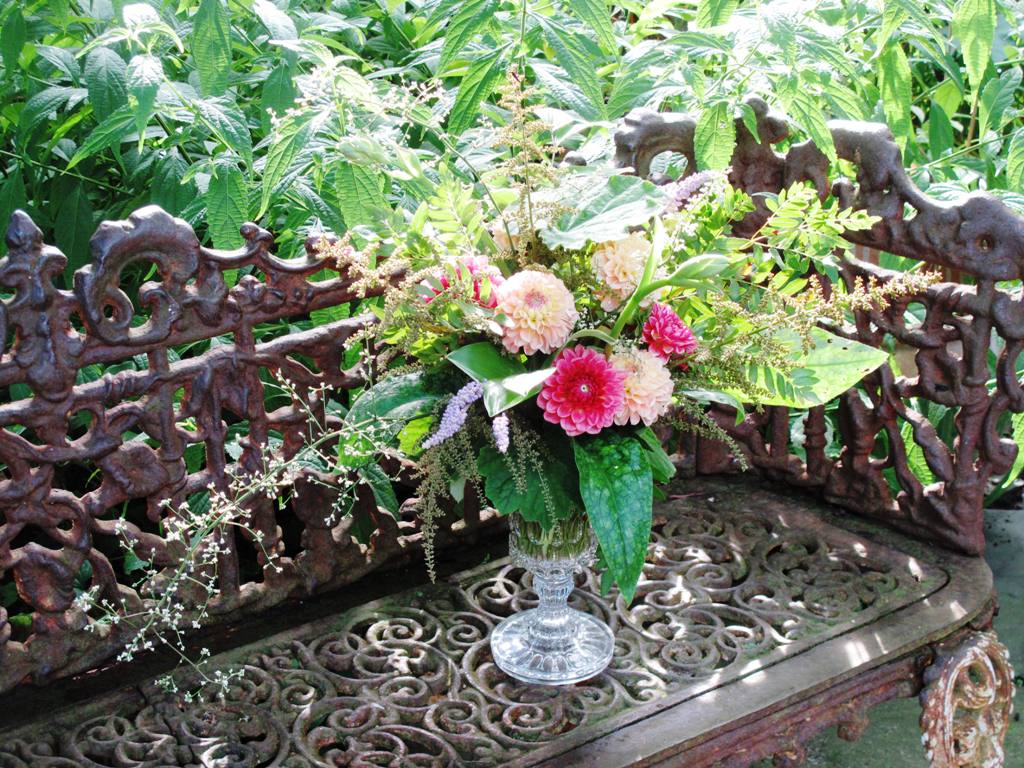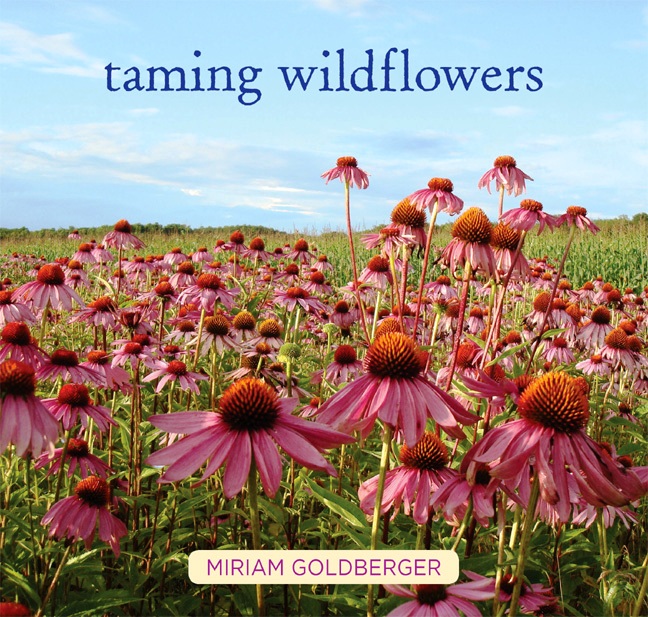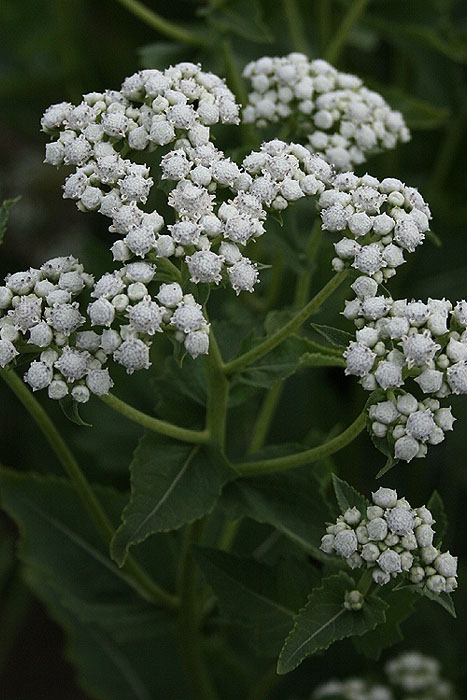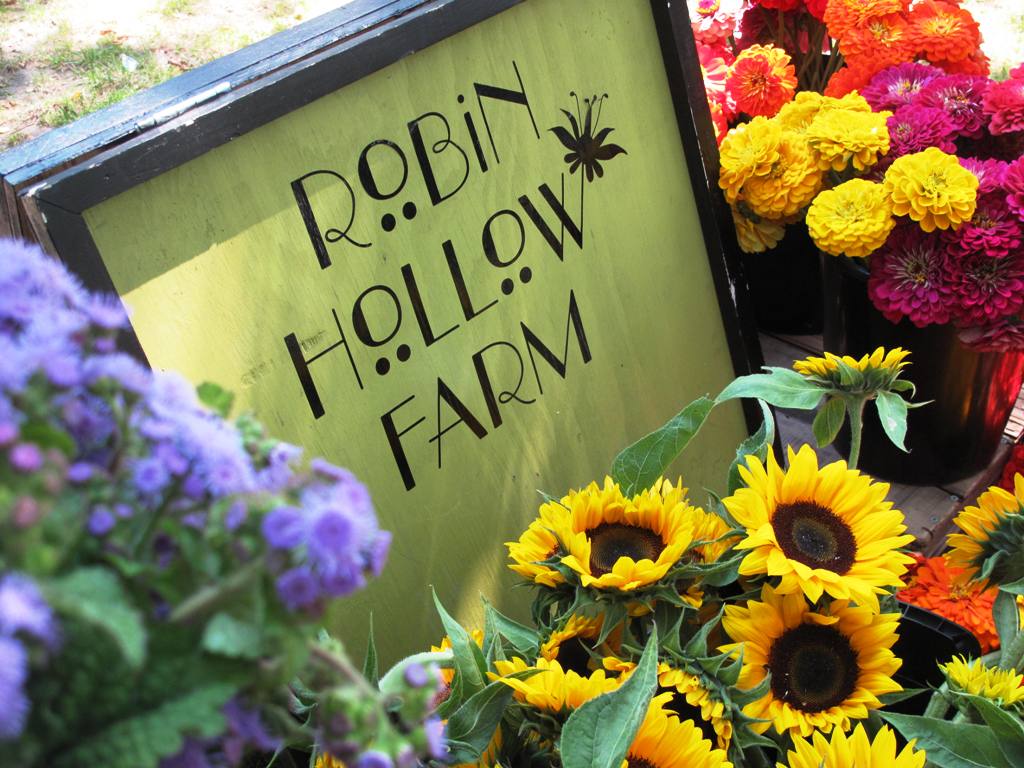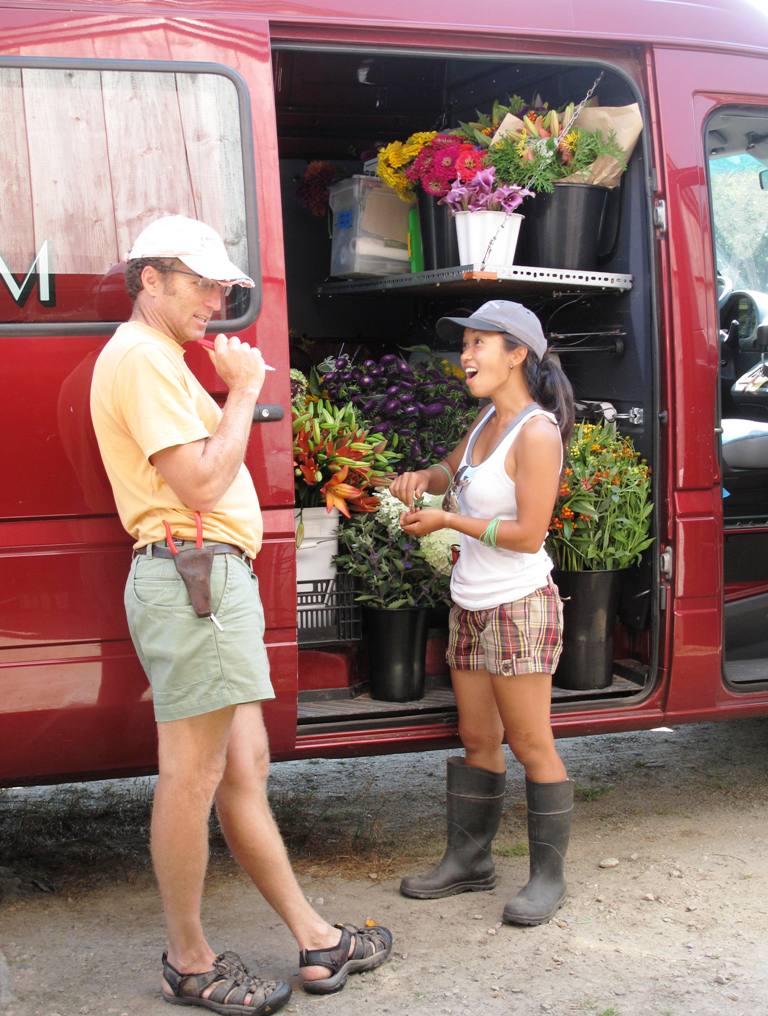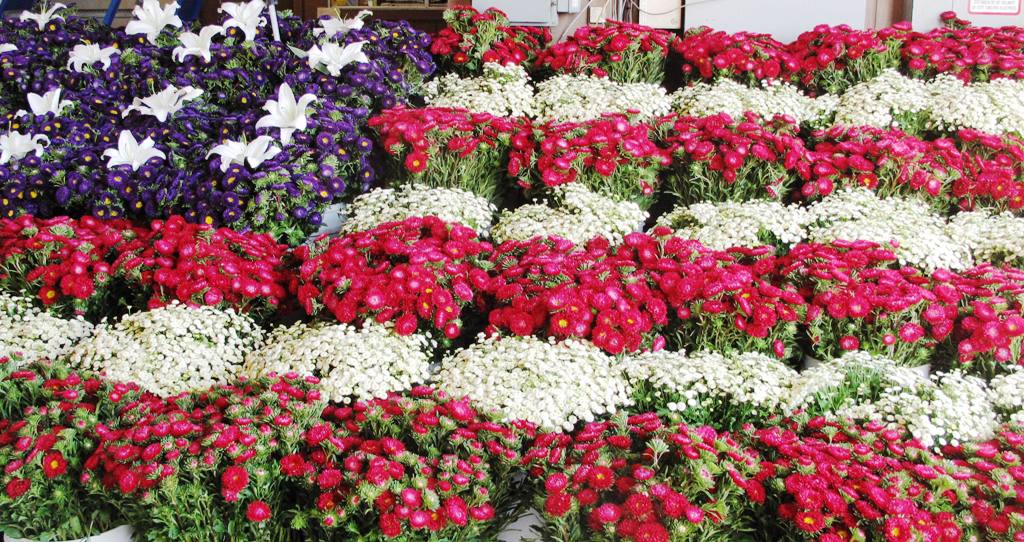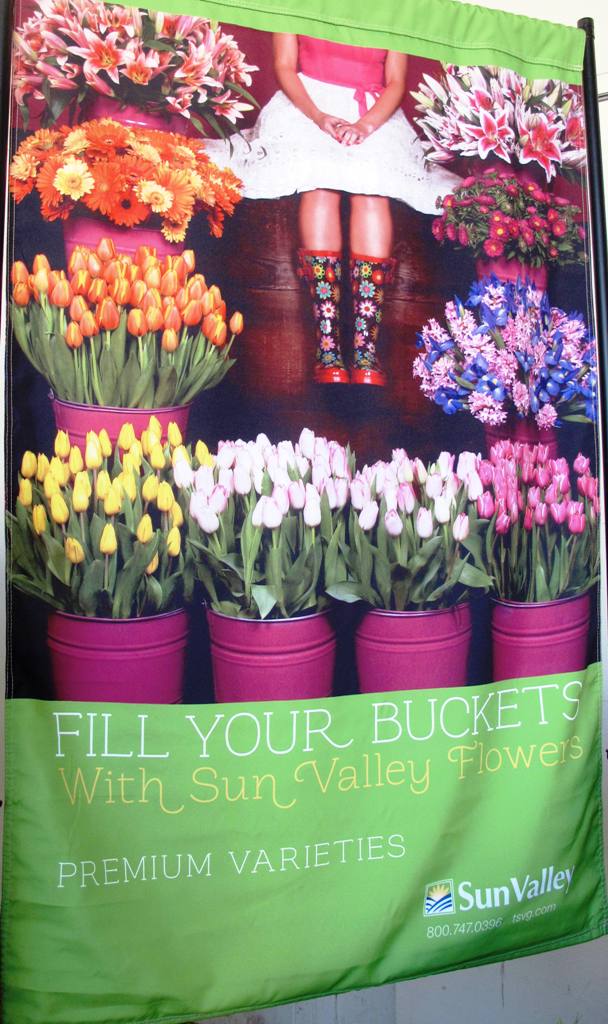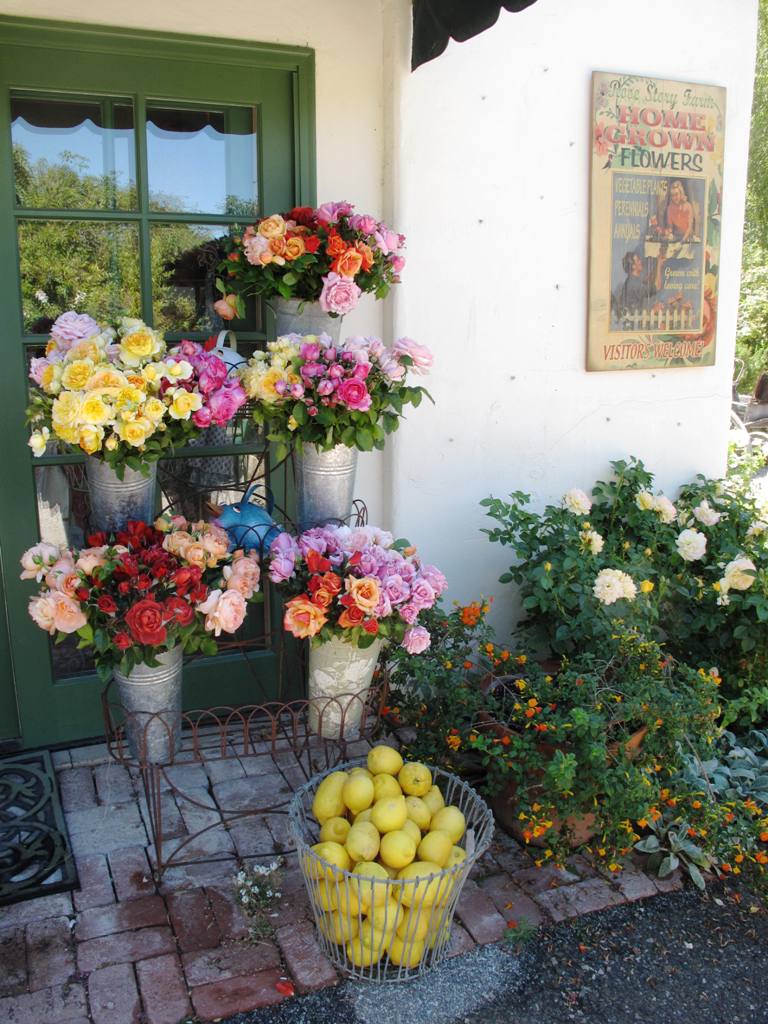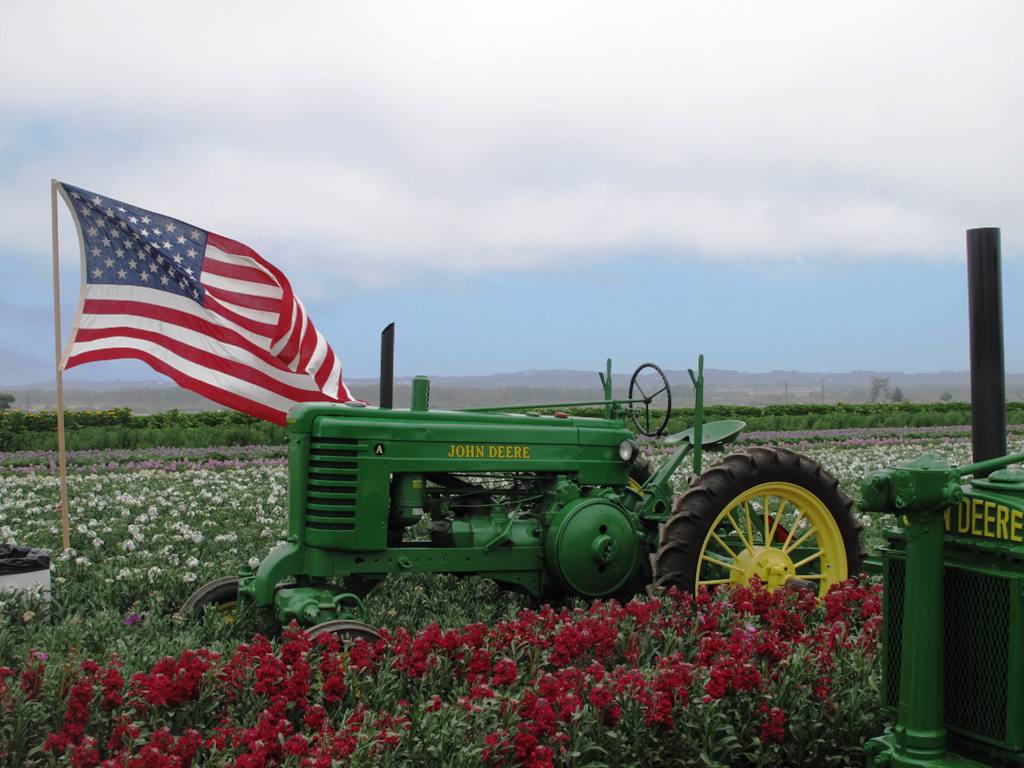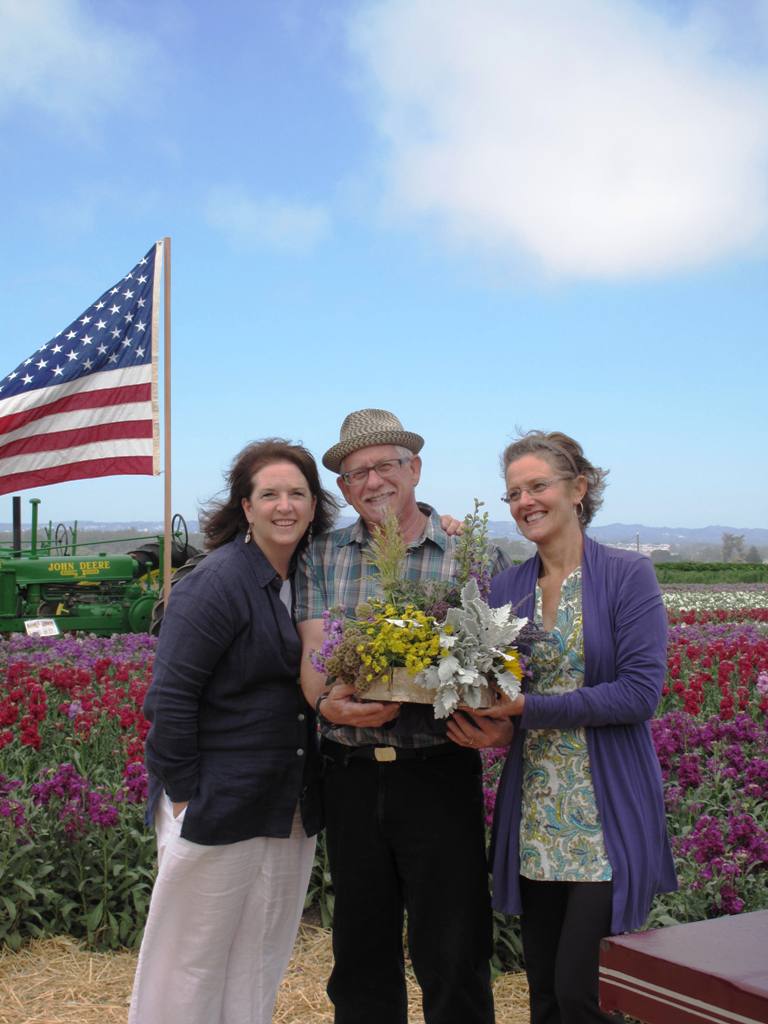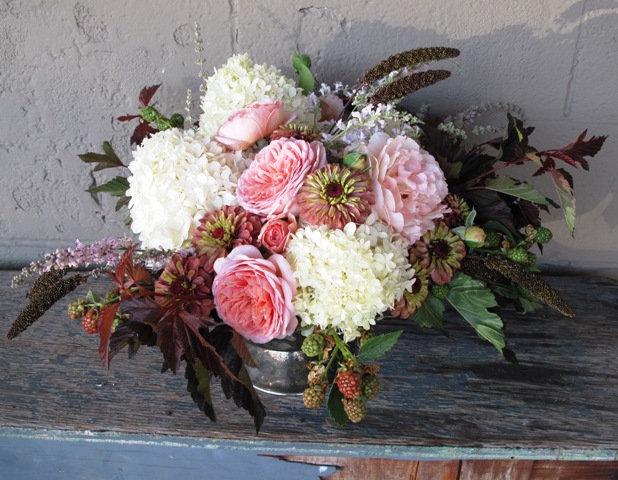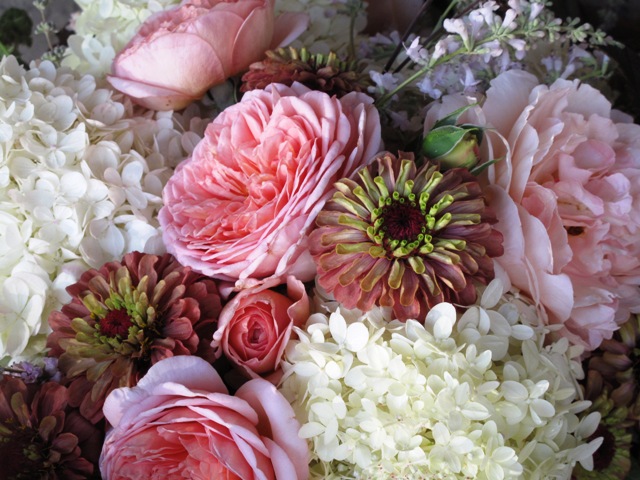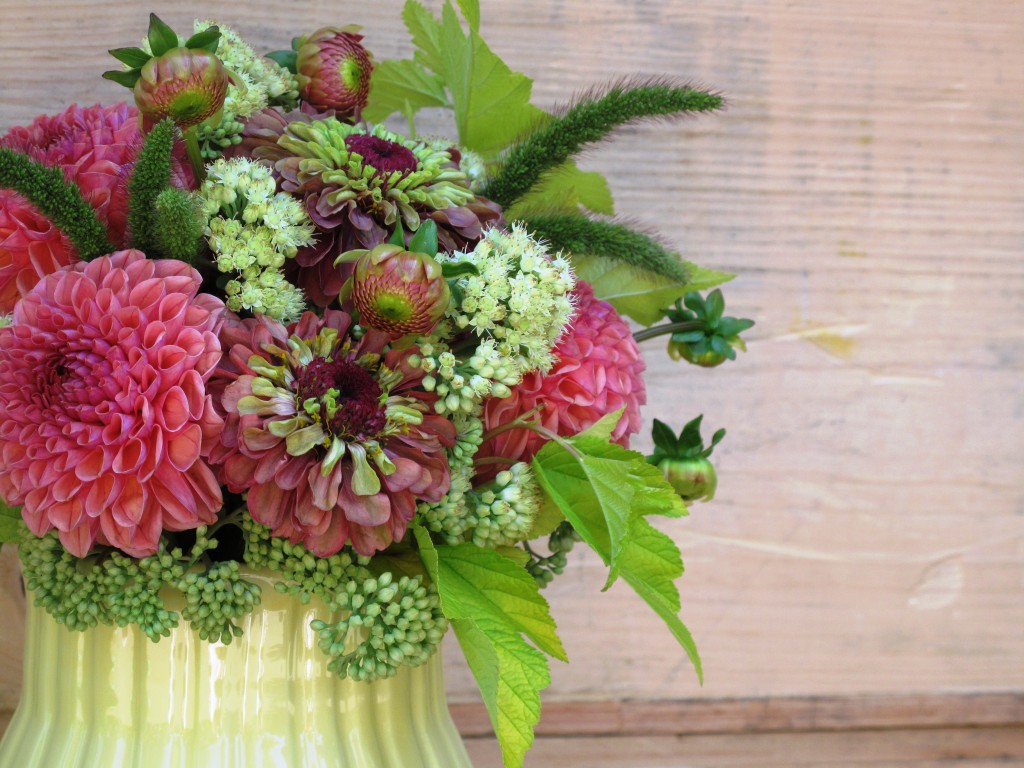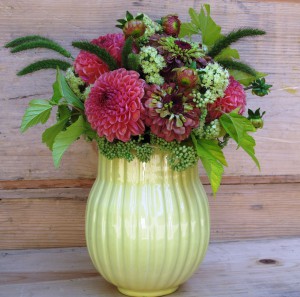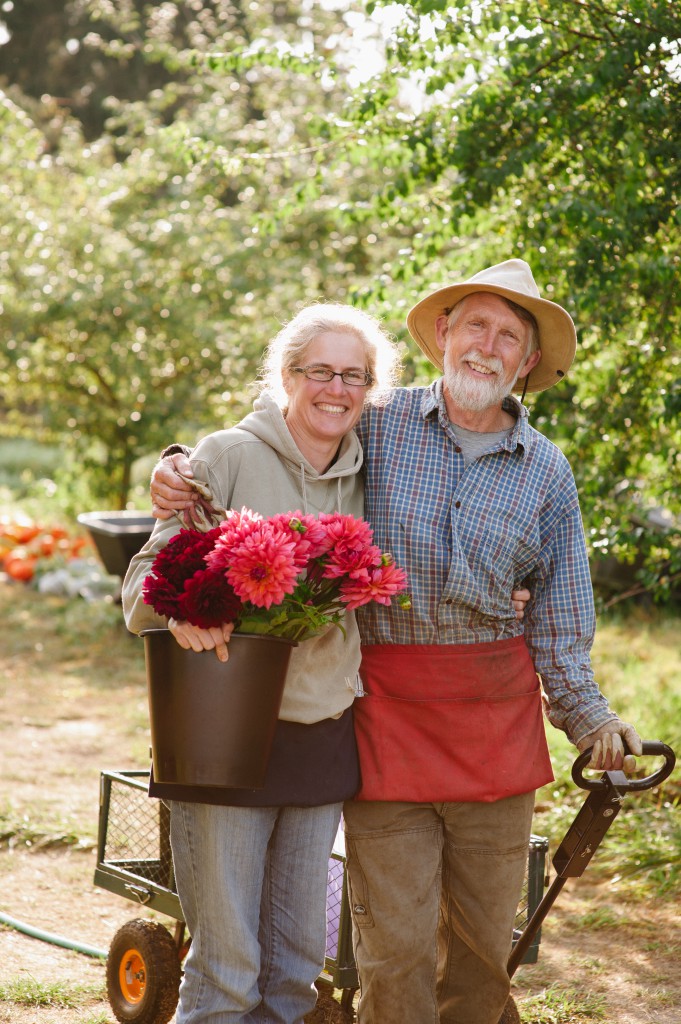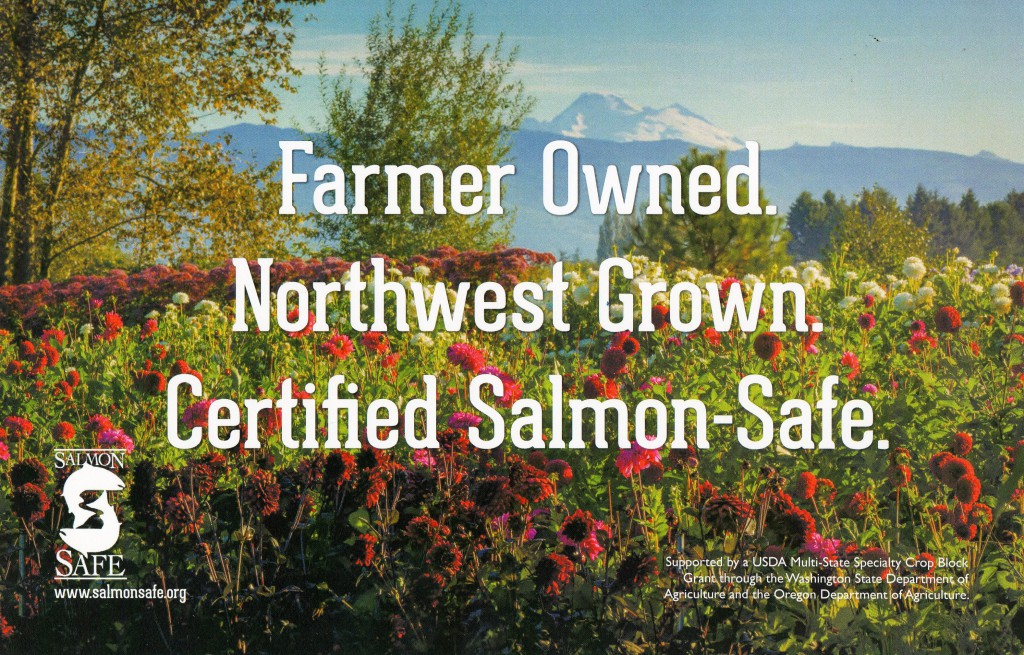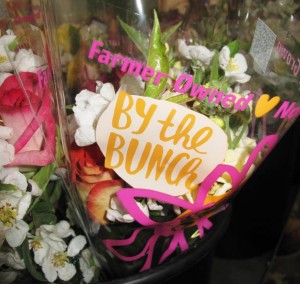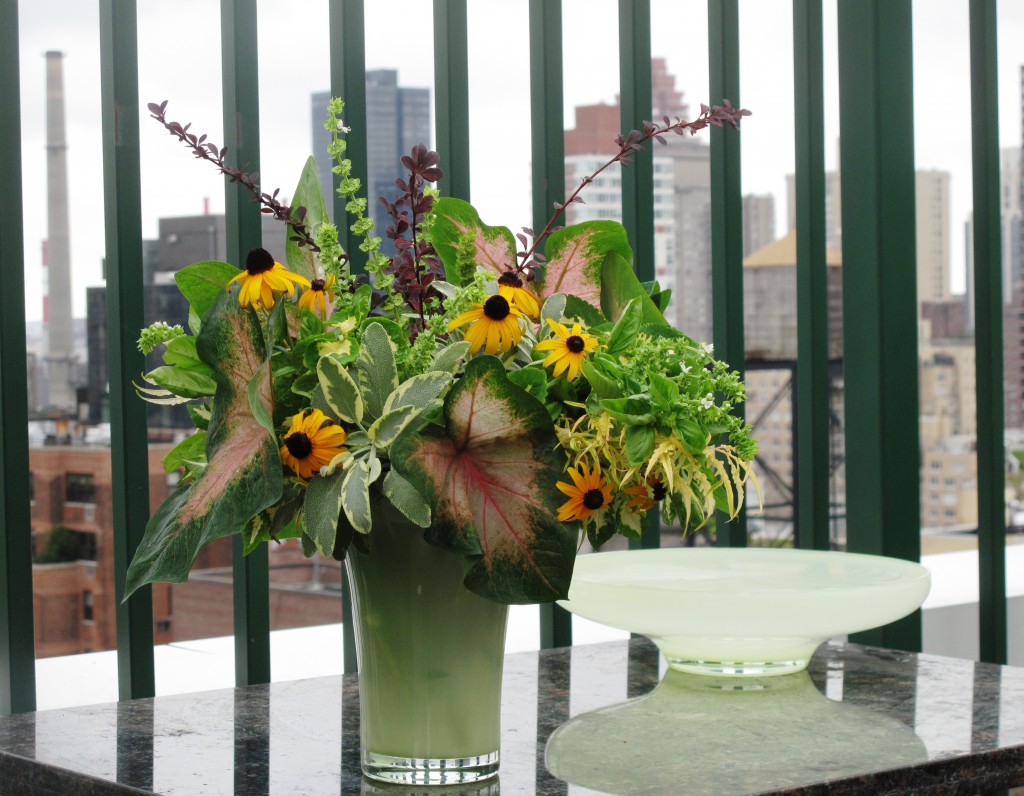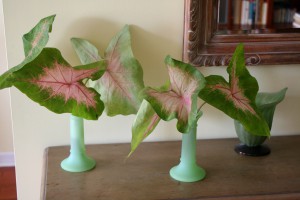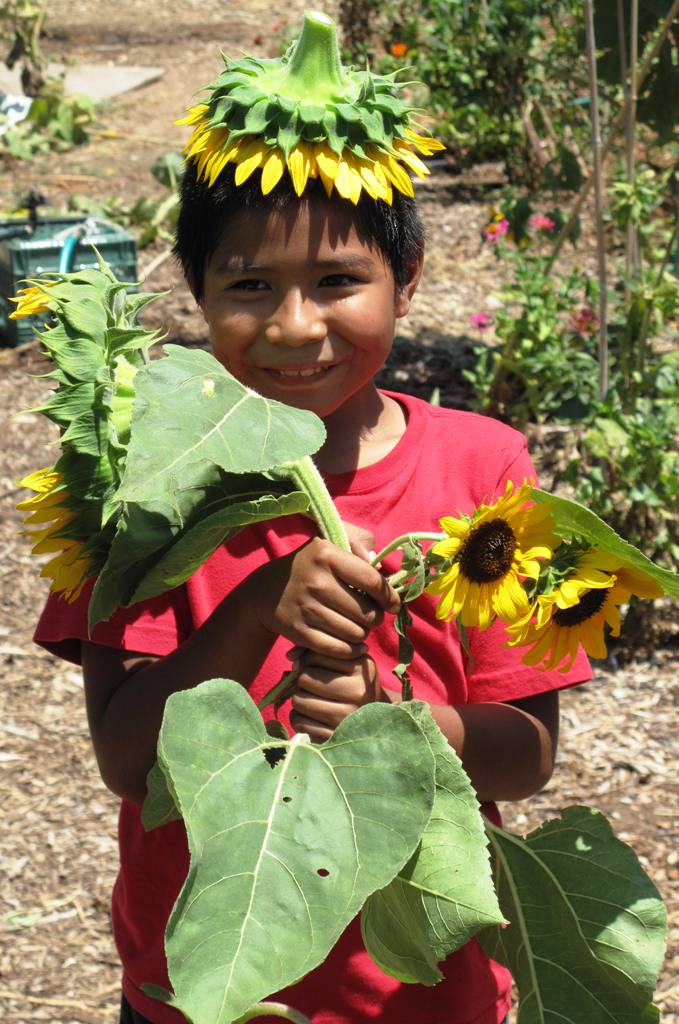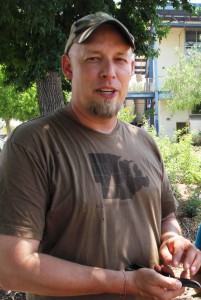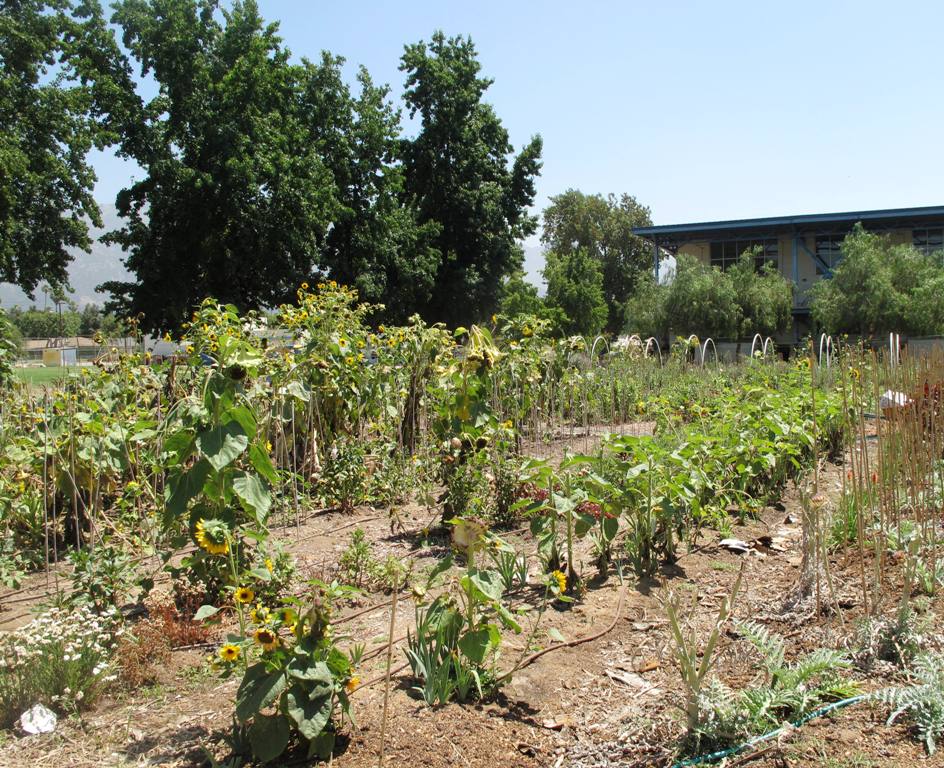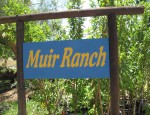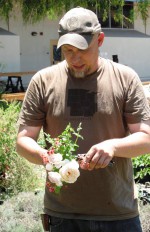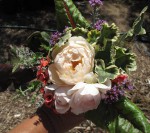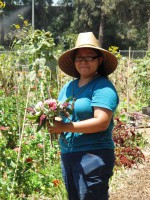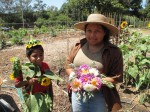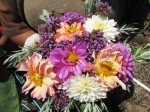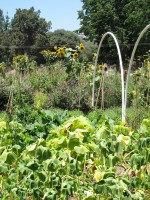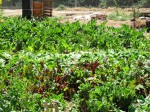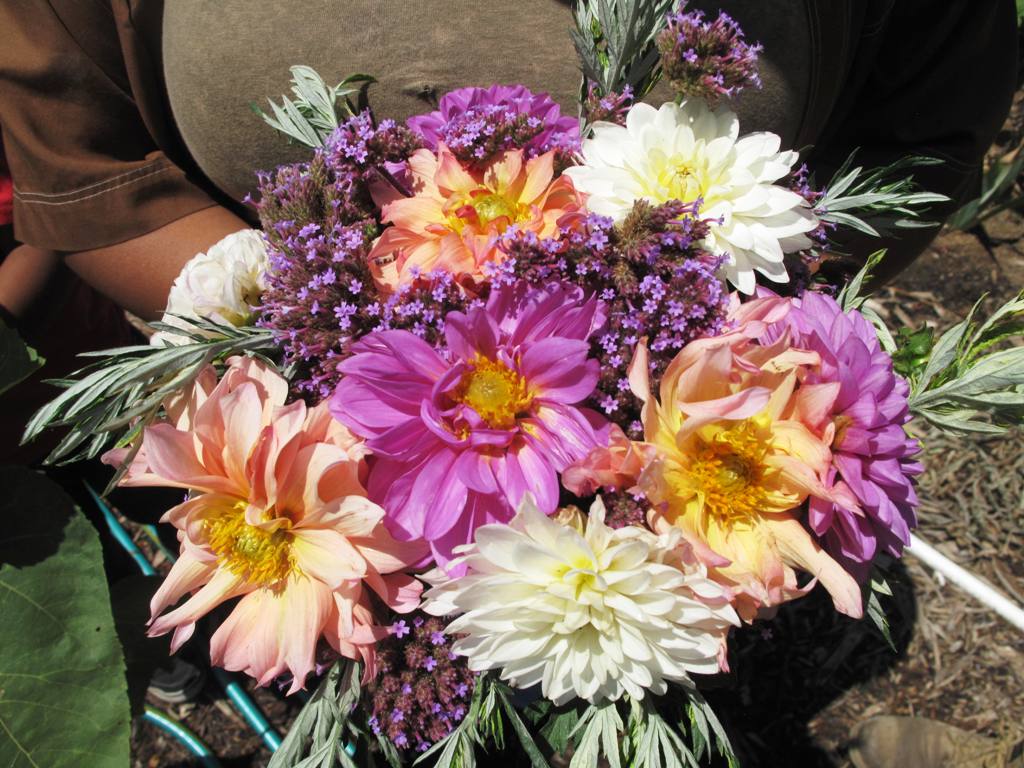Podcast: Play in new window | Download
Subscribe: Apple Podcasts | Podcast Index | RSS | More
Meet a Young Flower Farmer (Episode 105)
Earlier this year I met Janell Patterson, a young cut flower grower who launched Flower Forest Farm, a micro-agriculture endeavor that’s part of Seattle Tilth’s farm incubator program called Seattle Tilth Farm Works.
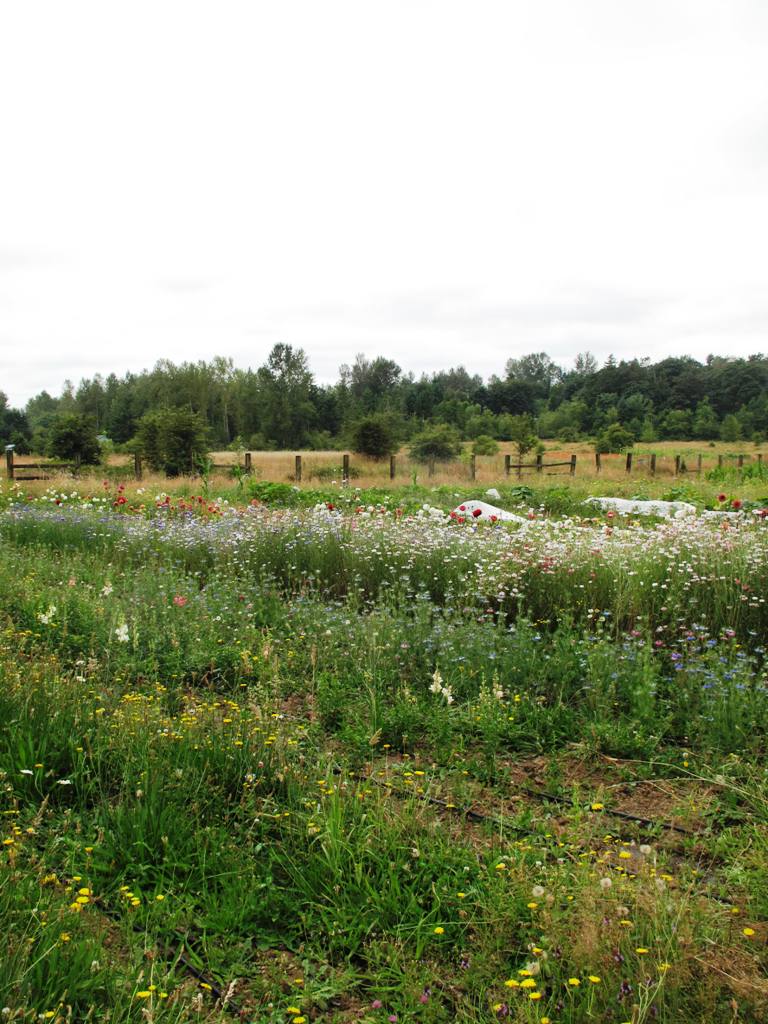
There’s a forest and farm here, which perhaps inspire Janell’s charming business name: Flower Forest Farm
Located about 40 minutes southeast of Seattle in Auburn, where there are still patches of agricultural land that the developers have missed, Janell and several other new farmers at the are learning the art and science of growing through hands-on efforts. Tilth instructors provide extensive small farm business training and support. Here is some of the curriculum:
This program provides:
-
A comprehensive educational program covering farming, business planning, operations and marketing
-
On-site mentorship from experienced farmers
- Hands-on experience growing food on 1/4 acre plots
-
Access to farmland, equipment, water and other necessary farming inputs
-
Assistance in creating marketing channels for products
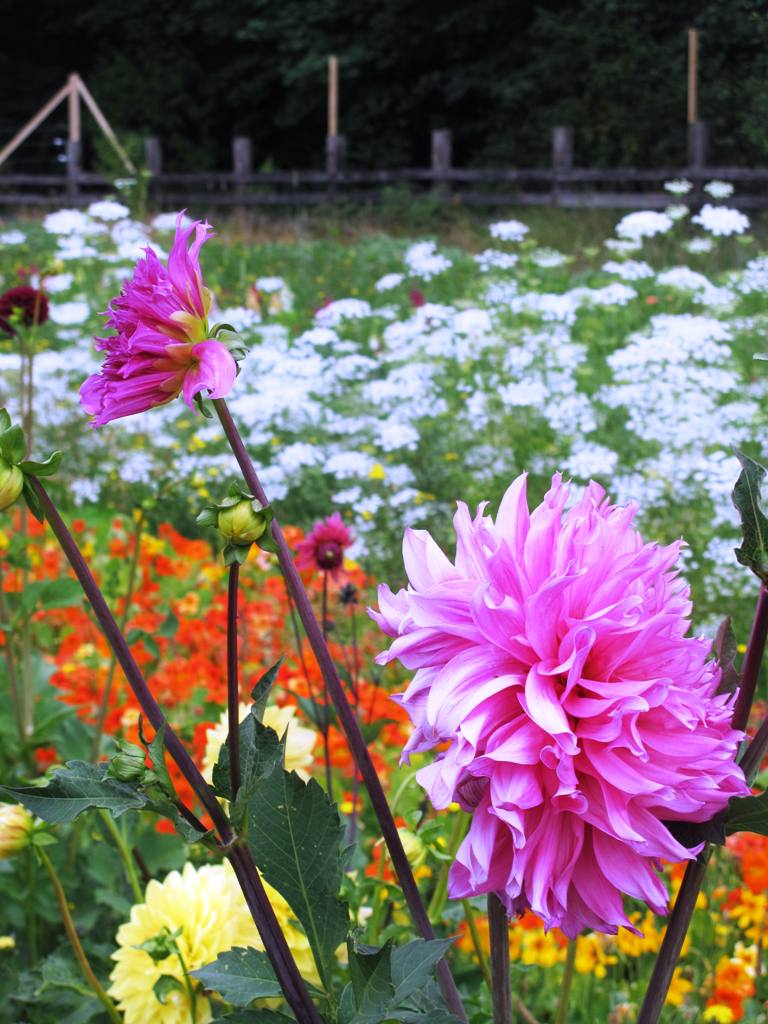
Peek through one of Janell’s pink dahlias catch a glimpse of the nasturtiums and Queen Anne’s Lace flourishing beyond.
Each participants’ time and sweat equity yields food or flowers that supply Tilth’s weekly Community Supported Agriculture subscriptions. Janell’s Flower Forest Farm is the only flower grower involved and it’s wonderful to see her beautiful ingredients supplying CSA customers and local farmers’ market shoppers. She manages a one-quarter acre parcel filled with beautiful rows of annuals and gorgeous dahlias.
A young mom, Janell brings an eclectic background to her endeavor. She has experience as a professional interior designer and she has been studying horticulture at South Seattle Communit College (which is where I gained my training in horticulture and landscape design). Janell also worked as an environmental volunteer managing a small rural tree nursery with the Peace Corps in Ghana, West Africa.
Fellow garden blogger Filiz Satir and I visited Seattle Tilth Farm Works in July and walked through the fields on a tour with Janell. You’ll hear Filiz’s voice (and a few of her own questions) on this recording as part of our conversation. See more of my photos below:
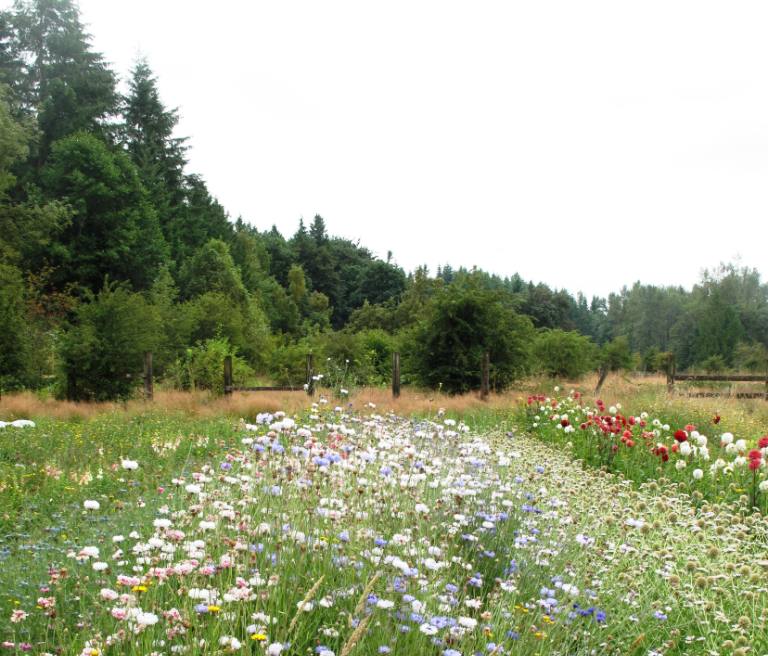
The forest looms beyond the Seattle Tilth Farm Works, creating a beautiful setting for growing flowers (and food)
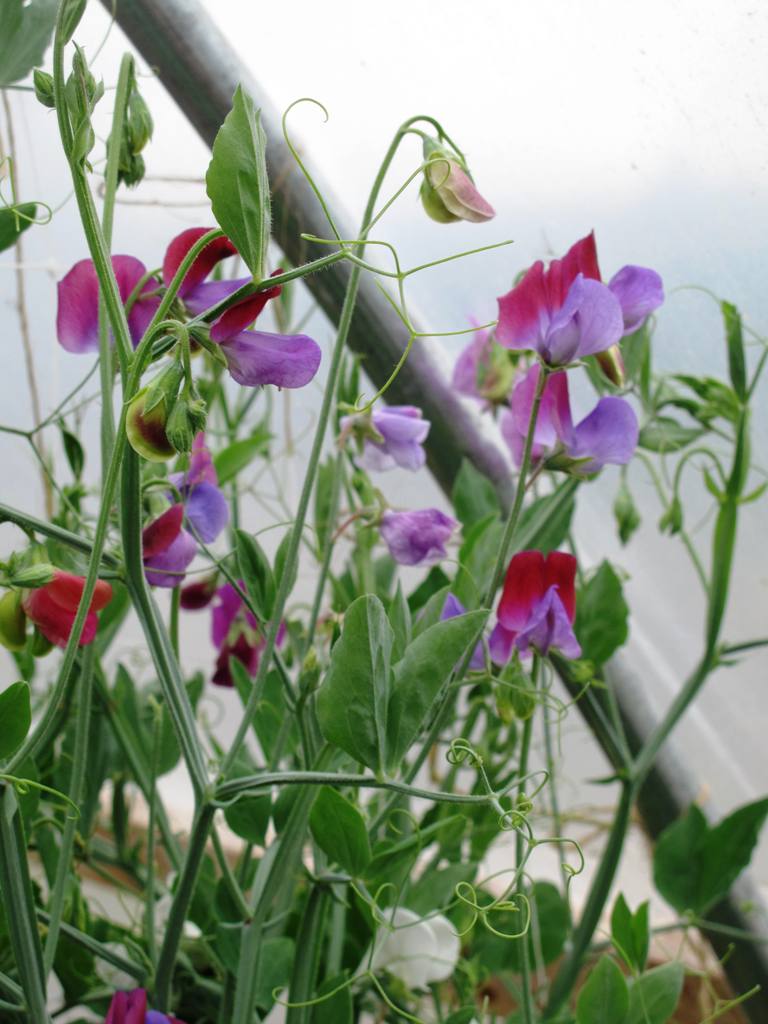
Sweet peas were at their peak when I visited in July, trellised inside the hoop house at Seattle Tilth Farm Works.
Click here to learn more about Tilth’s CSA program, including how to order Janell’s weekly bouquets.
Click here to learn more about Flower Forest Farm’s flowers, bunches, bouquets and custom services.









